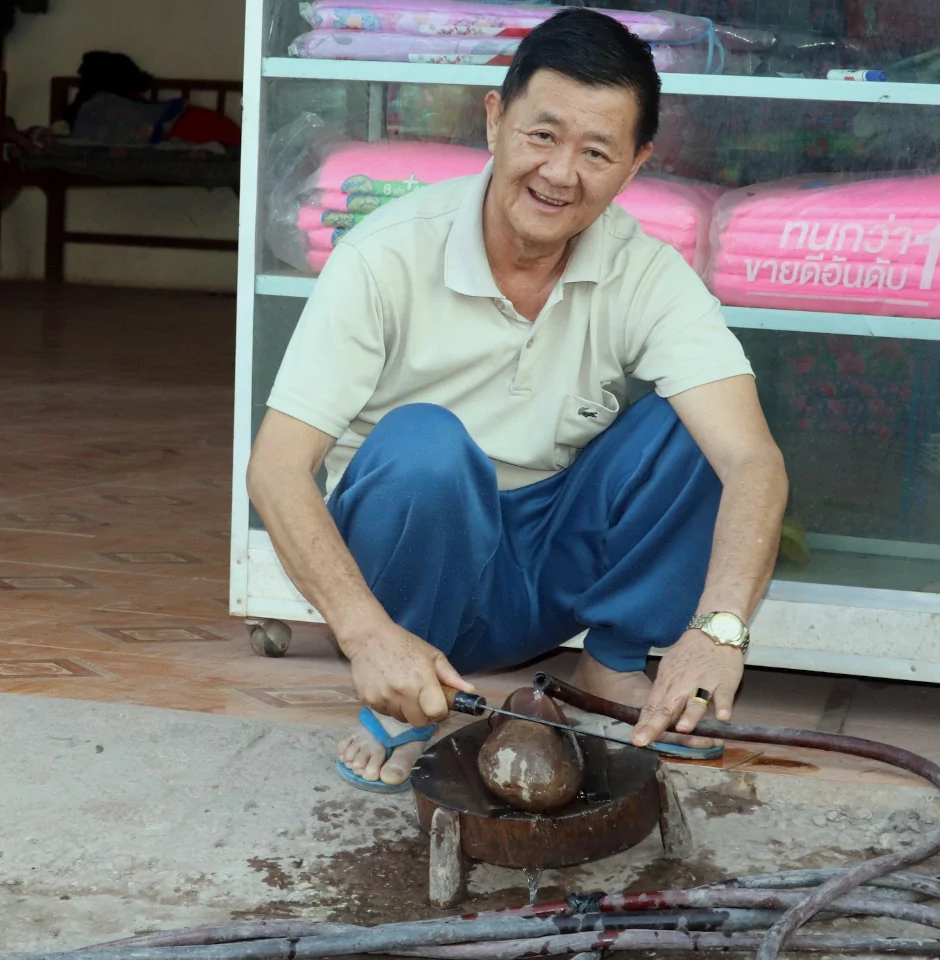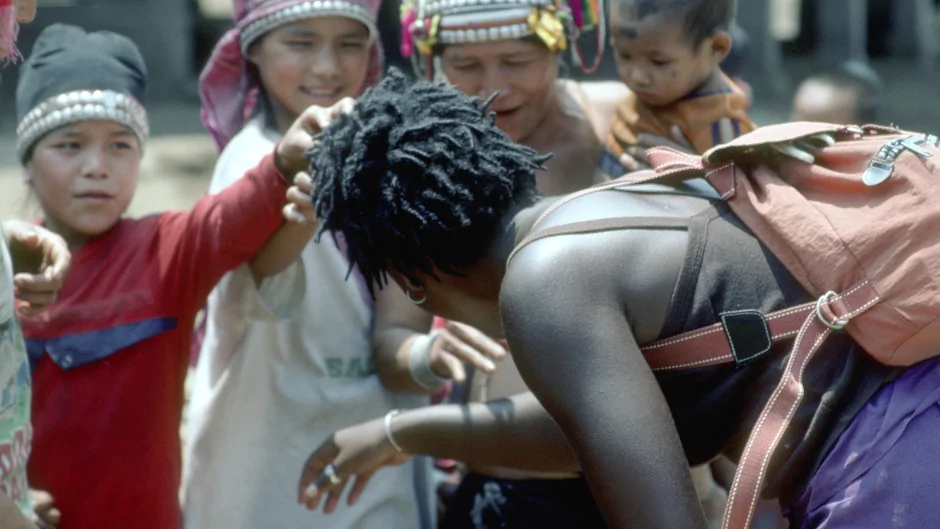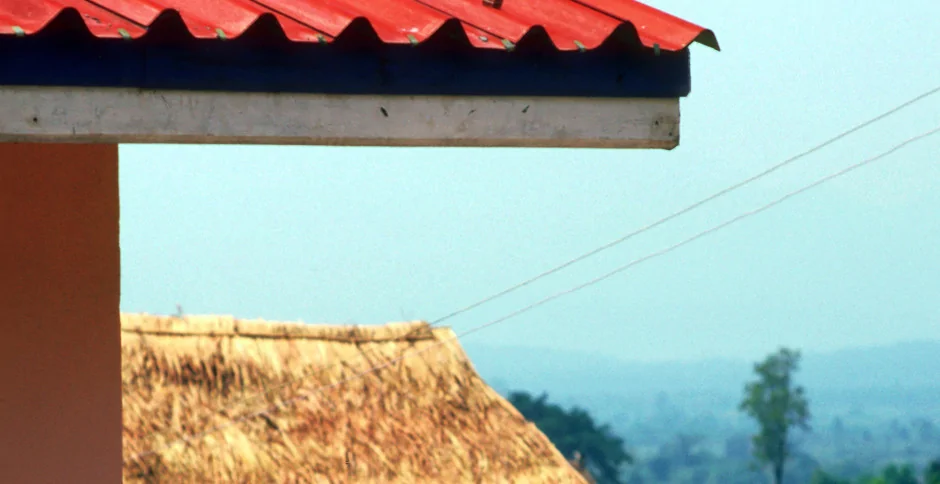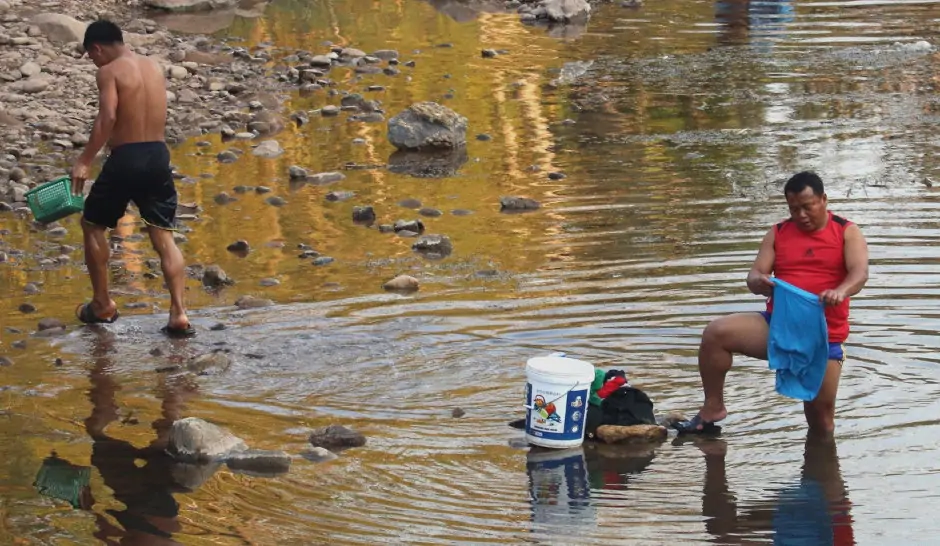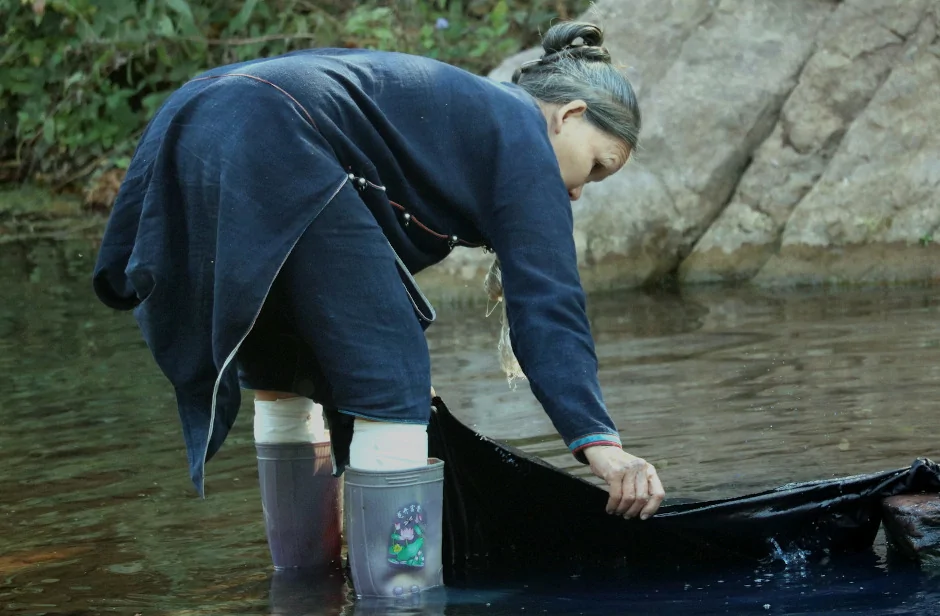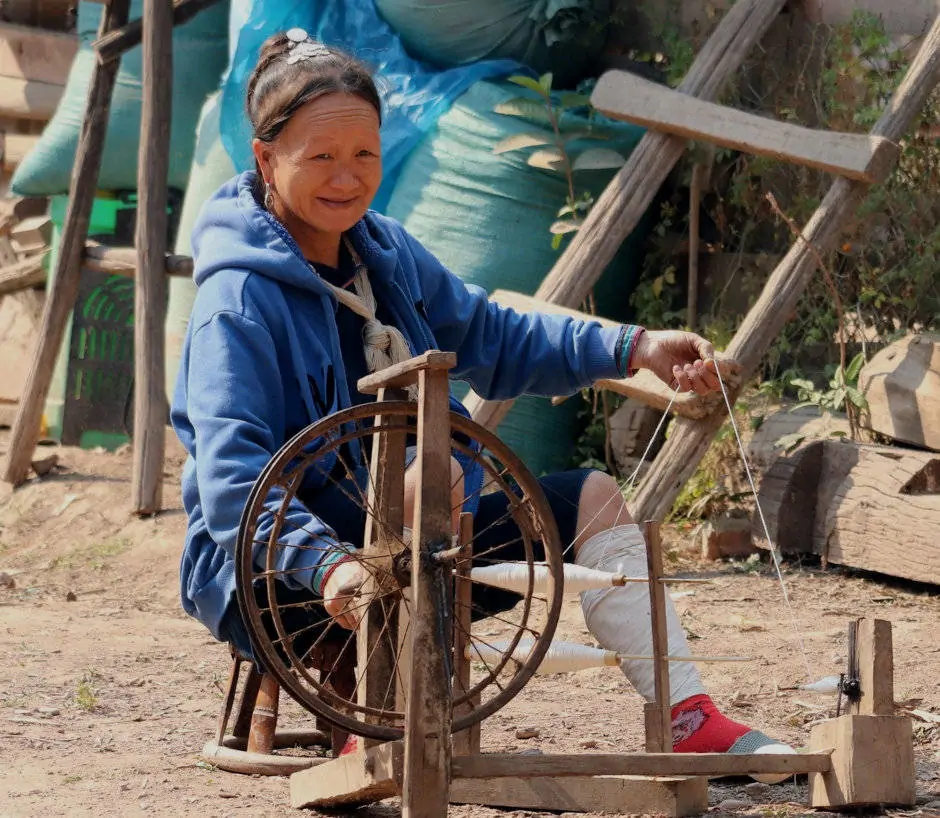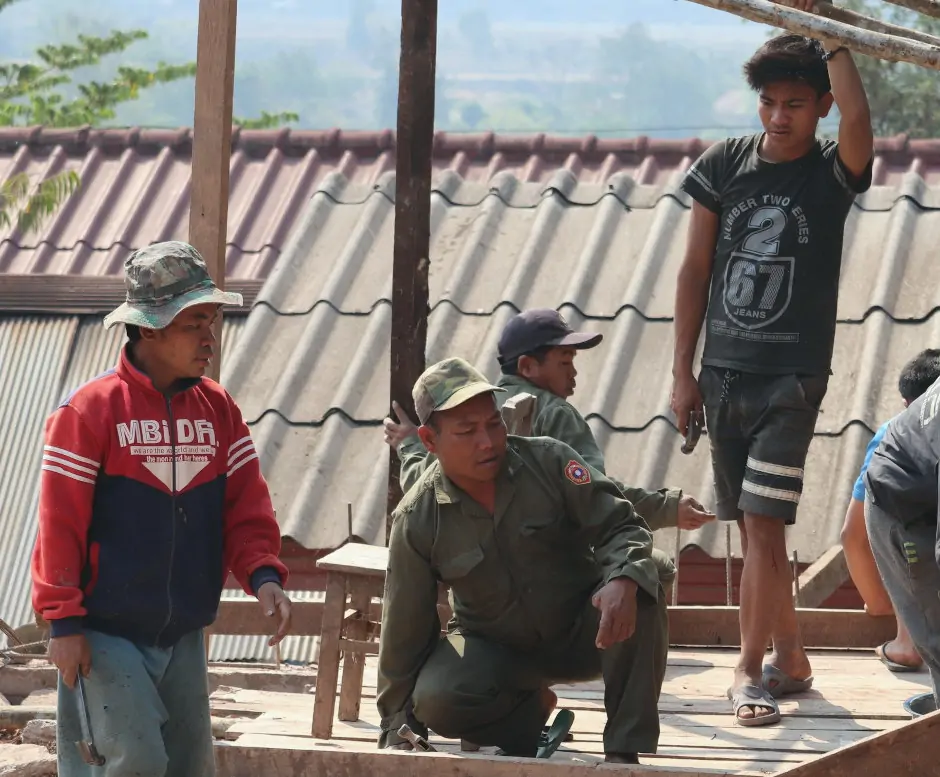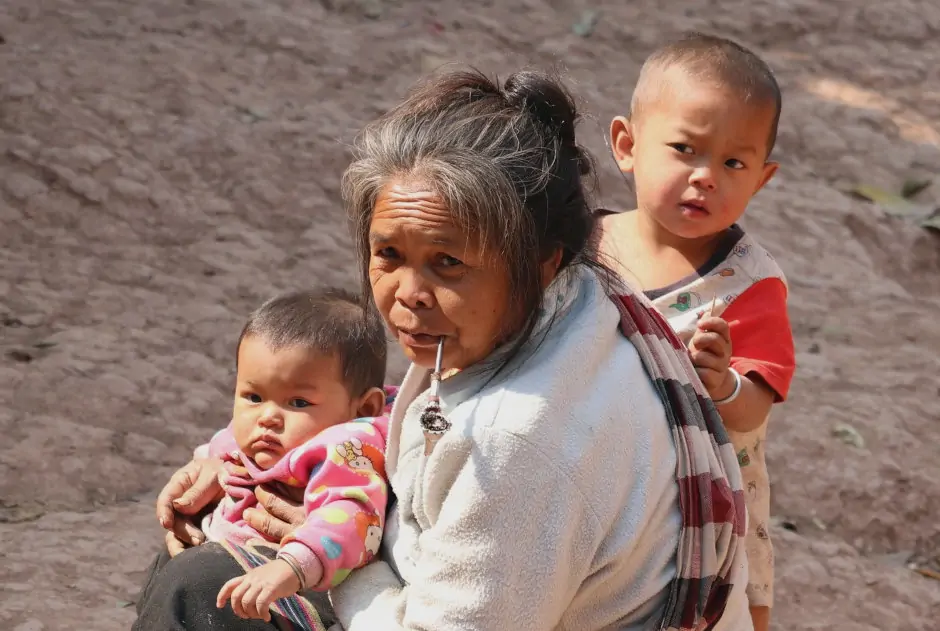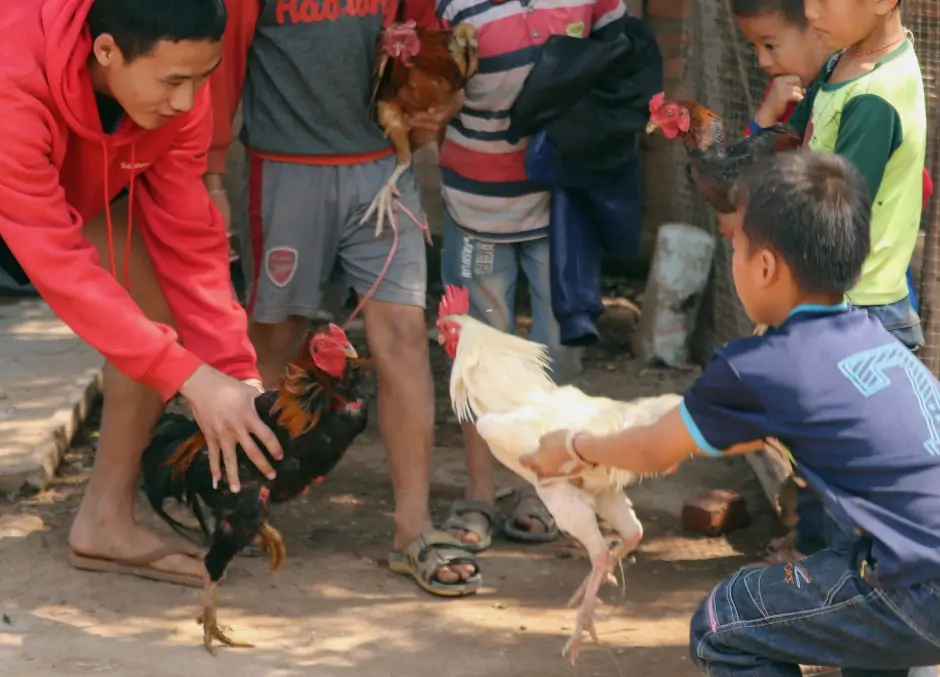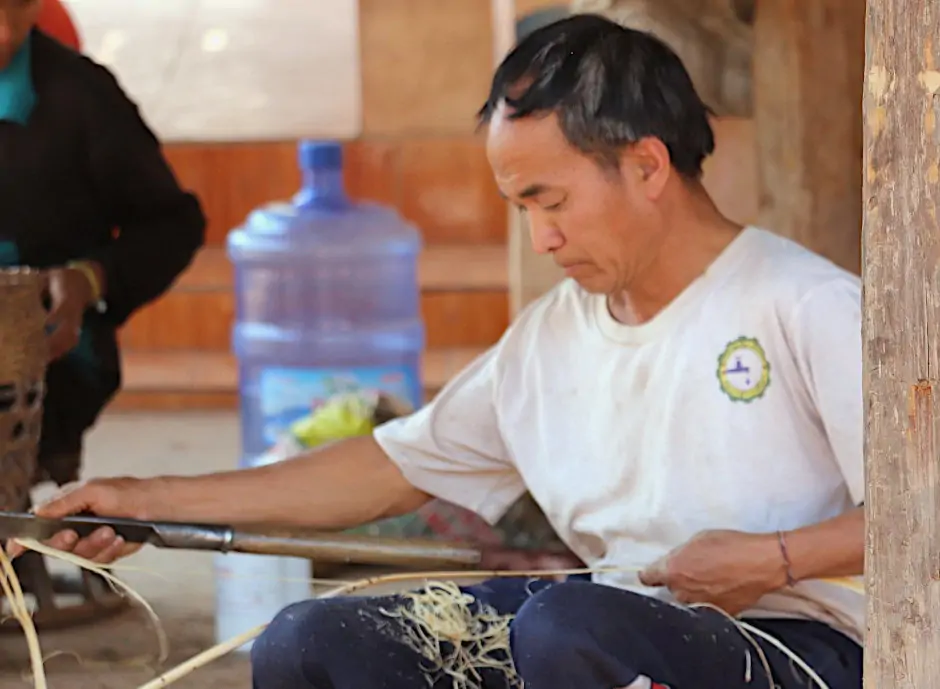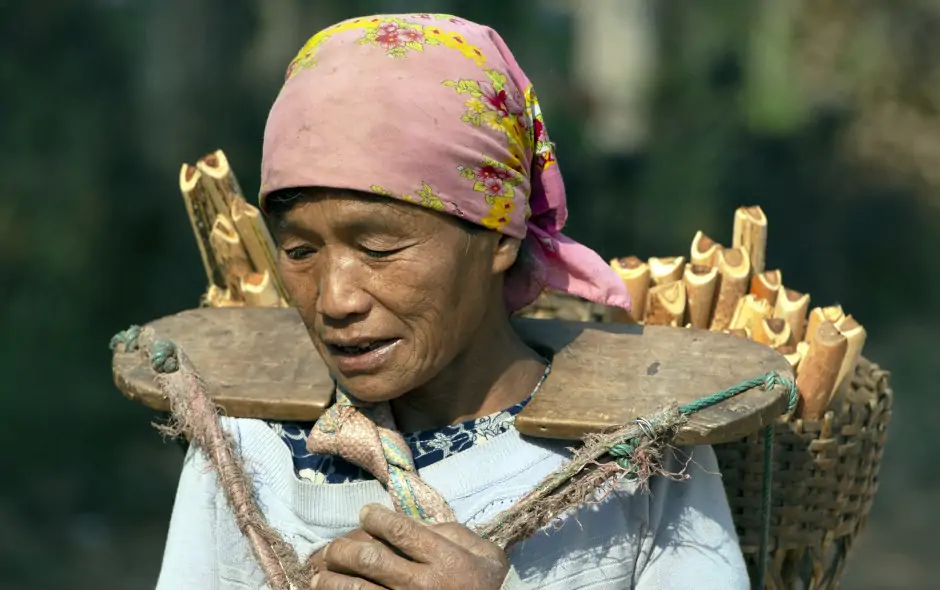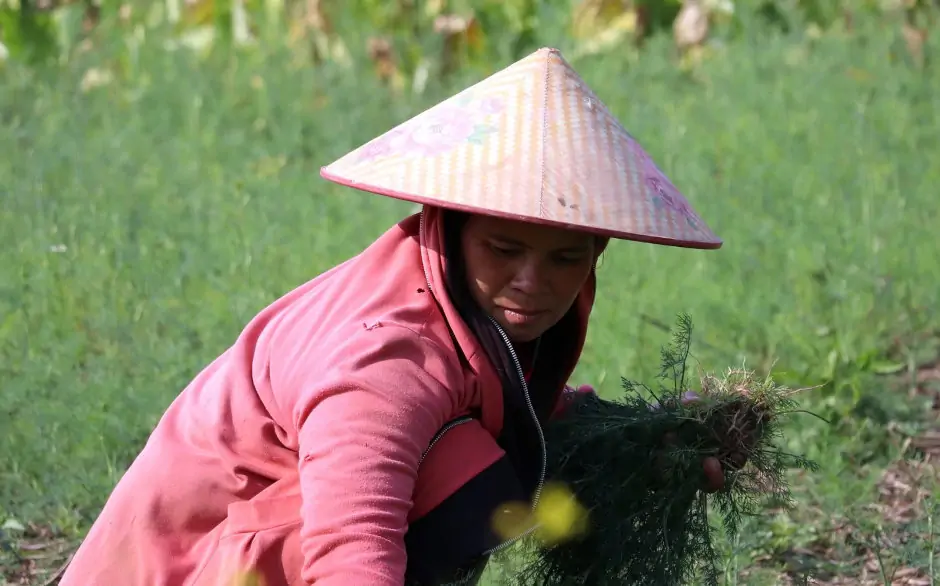Guest Article: Travel and Indigenous Knowledge in Northern Laos
Story and photography by Simon Goodinson* and Ray Waddington.
*Simon Goodinson is a travel photographer based in the United Kingdom.
Click/tap an image to begin a captioned slideshow (best viewed on a modern, wide-gamut display) and stock licensing details.
Less visited than any of its neighbors, the small country of The Lao People's Democratic Republic (Laos) nonetheless offers many worthwhile travel experiences. In the north of the country, those experiences include visiting the more than three dozen indigenous peoples who live there. This can be done in a half day, a few weeks or anything in between. We spent five days.
We boarded a thrice-weekly bus in Chiang Rai in northern Thailand around noon. It was headed for Luang Prabang in Laos, but our journey would end in the seldom-visited, tiny town of Vieng Phouka. As soon as you cross the Mekong River (over a bridge that has been open for less than a decade), you know you are in a new and poorer country. The road has been paved for only a few years but is already in need of repair. It is perhaps for that reason that the driver uses much greater caution than he does on the Thai side. A dirt road before its pavement, this is known as the 'Akha Road' — a reference to the many indigenous Akha villages through which it passes. But this is not exclusively Akha country; at least a half-dozen different indigenous groups are passed every thirty kilometers.
As we alighted around 6pm in Vieng Phouka — the only ones to do so — the rest of the passengers looked like they were concerned either for our safety or, more likely, for our mental health. With darkness already falling, a group of kids ran towards us and made it clear that we were a novelty in this town. Fortunately, one of us spoke a little Thai and we soon found out where a guest house could be found. Basic, cheap and clean, we checked in (Thai currency in advance granted passage) and were looking for dinner a few minutes later.
Dinner wasn't easy to find. By 7pm most of this town is already preparing to go to sleep. Two noodle soups and an hour later, so were we. It is, reportedly, possible to find tour guides here and to use Vieng Phouka as a base for hikes into the surrounding forest and homestays in/visits to indigenous villages. But the next morning none of the locals seemed to be aware of this. So we decided to push on after breakfast. We found only one option for breakfast — a small guest house a few hundred meters up the road. There we met a foreigner who had cycled, alone, from the Thai border to Vieng Phouka the previous day. He related his experiences stopping in a few villages along the way and his intention to do the same while cycling to Luang Namtha that day. This, we realized, is the best way to navigate the 'Akha Road.'
Our own journey to Luang Namtha that morning was uneventful, with scenery much the same as yesterday. All we did there was change buses and by 3pm we had arrived in another small, sleepy town, Muang Sing. This was mid-February, 2020. Normally, Chinese tourists would fill the town at that time of year, but coronavirus had already caused Laos to close its border with China. That was probably why we found the local tourist office closed when we went there in search of a guide to take us trekking to a few surrounding indigenous villages. We decided to try our luck the next morning instead and spent the remaining daylight hours wandering around the town.
Throughout the next morning, the tourist office remained closed. One of us had spent a full day hiking to a few outlying villages twenty years ago with a guide. Attempting to re-trace that route from memory appeared to be our only option. There is still a slight danger from unexploded ordinance in this part of the world — a legacy of the American war in Vietnam. So we decided against the risk and waited to see if the tourist office would open after lunch. (It is almost impossible to find anything but noodle soup in this town.) It would have been interesting to see how the villages had changed after twenty years. Back then most did not have electricity. But with the tourist office still closed, we abandoned our plans and headed back to Luang Namtha. The next two photos are from that earlier journey.
The first was taken in an Akha village where no one had seen a black-skinned person before. The second shows how modernization was beginning to appear in a Yao/Mien village.
Back in Luang Namtha, we wasted no time the next morning signing up with a tour guide to take us into some of that town's surrounding indigenous villages the following day. Then we had a full day to explore the town on our own. It is the most visited town in the far north of Laos and it has a sizeable indigenous population. It is also small enough to walk around. Heading north we crossed over the river that gives it its name. It also gives the town its lifeblood — drinking, bathing and laundry water.
Our first village the next morning was a Lanten village. The Lanten (also called Lao Huay or Yao Mun) people began migrating from China into Laos about three hundred years ago. They brought with them a number of manuscripts written mostly using traditional Chinese characters. Those works embodied much of their traditional knowledge as it relates to most aspects of ritual life: marriage, death, worship, healing etc. Their practices are a fusion of their Chinese heritage, Buddhism and ancestor veneration. Over the years, many of these manuscripts were lost, sold or stolen and few of the originals remain in Lanten custody.
These days, Lanten women make paper from bamboo. Although literacy in their own language is on the decline, a few Lanten men are still able to write using traditional Chinese. These men continue to record their people's history and traditional knowledge on the bamboo paper. Besides paper, Lanten women are adept at spinning cotton into yarn, weaving it into cloth, dyeing it with indigo and making their own clothes.
After an hour we left for a Khmu village. Most of the world's Khmu people live in northern Laos, where they actually form the largest ethnic group. They are also the country's overall largest ethnic minority group. Whereas the Lanten migrated from China into Laos, the Khmu are believed to have migrated in the opposite direction. They are well known for their community work ethic, whether the work is in the fields or in the village. We saw this on display as a new house was being built. Almost everyone in the village was playing some role and it became clear that their traditional knowledge of organization and coordination was being put to work.
The Khmu's presence in Laos goes back between four and ten thousand years. During that time their knowledge and history has been passed down through storytelling, often while seated around a fire. In the past, silver pipes smoked opium while this oral history was recited. Today, tobacco has replaced the opium. This Khmu lady, old enough to remember the opium days, was kind enough to demonstrate for us.
Whereas the Lanten spin cotton, the Khmu spin vine which they gather from the forest. Men weave baskets while women weave bags from this material. These are highly sought after in the region and are sold to neighboring villagers to create a cash income.
Our final village visit that morning was to a Hmong community. Also originating in China, the Hmong people's culture, particularly language dialects, customs, religious practices and political allegiances, has diversified greatly over thousands of years. They are still noted for music and embroidery, but neither was on display when we arrived. Instead, a village cock fight was taking place with young men and boys betting on the outcome. As with most ethnic minorities in this part of the world, it is mainly the older generation that keeps tradition alive. How much longer it might survive is anyone's guess.
After stopping for lunch, we headed to an Akha village. Of the many different indigenous peoples of Southeast Asia, the Akha have hung onto their culture and traditions the most. They are known for hard bargaining and as soon as we entered the village a few young girls were competing with each other to sell us handicrafts. Such Akha girls make small trinkets to sell mainly to tourists as a way to supplement their family income.
Akha adults, in contrast, are skilled artisans and they make more practical goods to trade with other villages. One man in this village was making small wooden stools while another (pictured below) was weaving baskets. Women play their part too, often making silver jewelry.
Our final two communities on the agenda were Tai villages. Tai peoples comprise about half of the indigenous population of Laos (including the Lao majority). They are believed to have migrated originally from China around a thousand years ago. There are actually dozens of Tai subgroups, but they are linguistically, genetically and culturally very similar to each other.
The first village was a Tai Dam community (Black Tai, named after their preferred color of clothing). Here we rested for a drink of water at a convenience store. We were also offered a glass of lao-lao, which is a strong, local rice whiskey. It is drunk mostly by men, which is a good thing as women are most often seen doing the hard work in such communities.
The final village for today was Tai Deng (Red Tai, named after their preferred color of clothing). Here also we saw women doing the hard work. In the photo below a woman is working on the rice harvest. She is wearing the typical style of hat worn in this region for protection from the sun. There were also a few girl children working in this village — but that is a different story.
Looking back at our five days in northern Laos, we were both a little disappointed that we didn't get to visit more indigenous villages. Certainly, such visits are more readily available in neighboring Thailand, where many of the same indigenous groups live. Yet the experience in Laos is entirely different. The inhabitants see far fewer visitors than their Thai counterparts and so there is a greater sense of engagement from them and the visitor. If you are in this part of the world and have an interest in indigenous culture, we recommend planning some time into your itinerary to visit some of these villages.
Photography and text copyright © 1999 - 2025, Simon Goodinson and Ray Waddington. All rights reserved.
Goodinson, S., and Waddington, R., (2021) Travel and Indigenous Knowledge in Northern Laos. The Peoples of the World Foundation. Retrieved
December 16, 2025,
from The Peoples of the World Foundation.
<https://www.peoplesoftheworld.org/guestArticle.jsp?article=laos>
If you enjoyed reading this article, please consider buying us a coffee to help us cover the cost of hosting our web site. Please click on the link or scan the QR code. Thanks!

